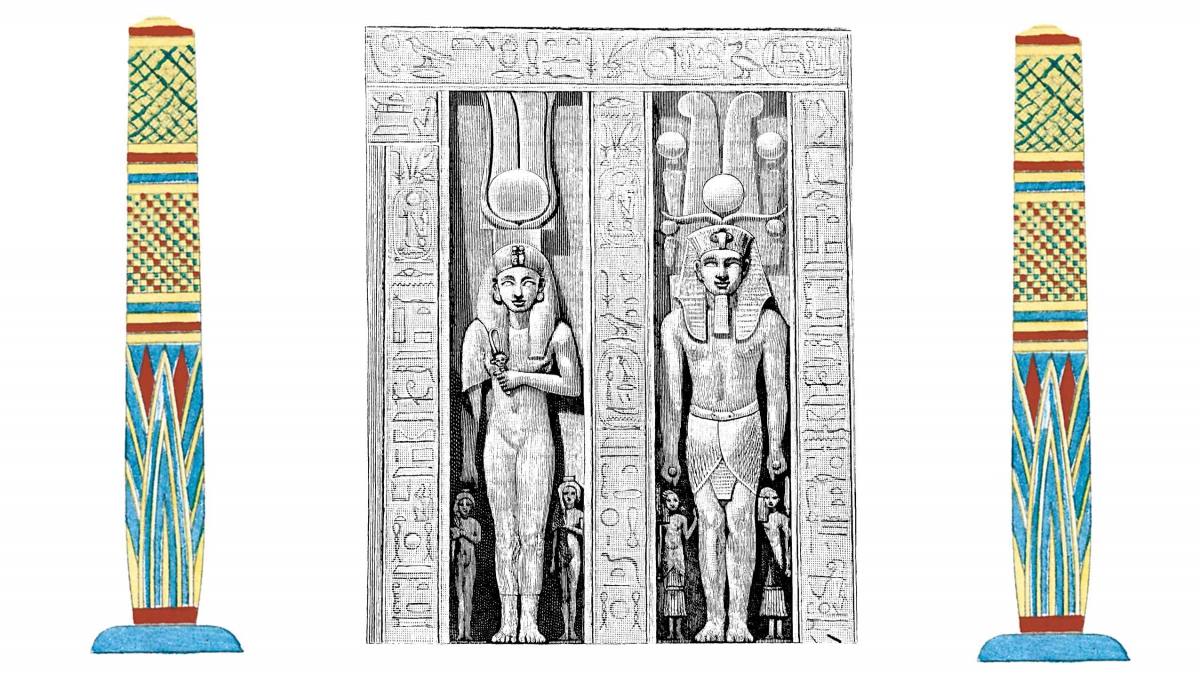Mortuary Chapels
Mortuary Chapels were built for King's Wives, members of the royal family, and others who could afford them. Some of the craftsmen working on the Great Pyramids constructed their own chapels, imitating the buildings of the noble, working on a scale fit for dolls. Chapels were usually constructed in the superstructure of a mastaba, or the entrances to rock-cut tombs, close to the actual grave.

Family members were expected to remember their dead and to ensure that tombs were kept up and a supply of food was available for the spirit of the tomb-owner. Non-relatives were also hired to perform these offices; when the dead had enjoyed their full of the offerings, the remainder was the salary of the ritual practitioner. To serve in the cult of a dead person would have established a permanent connection with the family of the deceased.
But family fortunes rise and fall. If the family and hired ritual practitioners failed to bring food, images carved or drawn on the tomb walls could feed the deceased. Scenes of farming, harvesting, baking, brewing, gardening, raising and butchering cattle, and images of the tomb owner enjoying all these, could supply food when the living forgot or were unable to provide. The decoration of these chapels is one of the main sources for information about Ancient Egypt. Scenes of hunting in the deserts, fishing and fowling in the marshes, dancing and singing, children playing and family members enjoying the pleasures of this world, show that the Egyptians wanted the next life to be just like this one. There are no images of gods in private tomb chapels.
